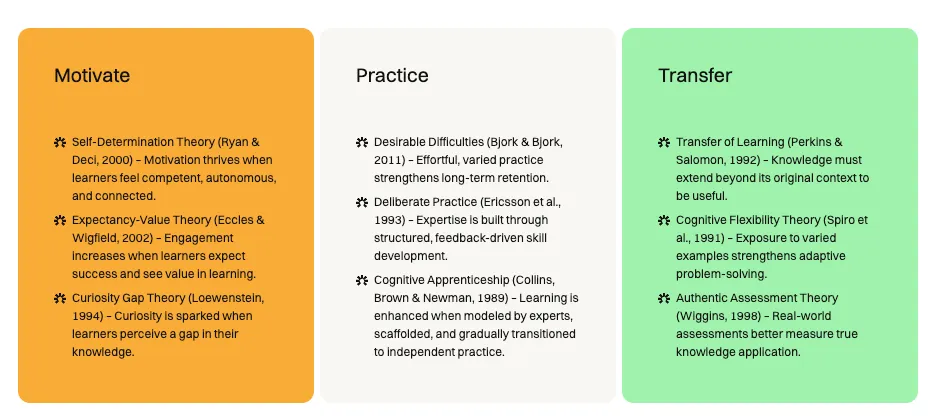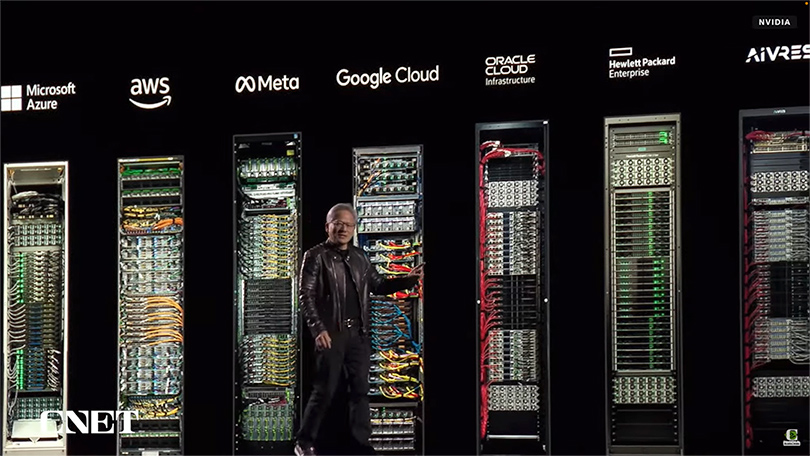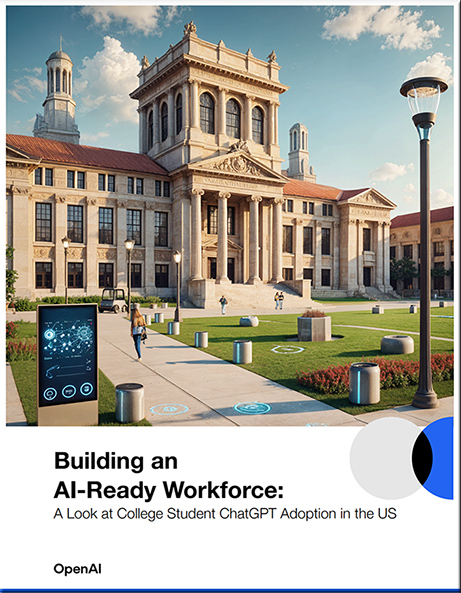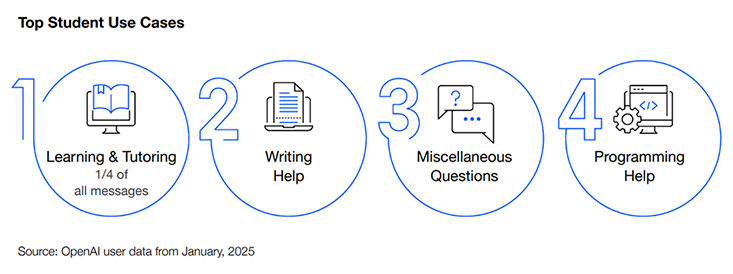Stat(s) Of The Week: A Big Gap In Legal Tech Satisfaction — from abovethelaw.com by Jeremy Barke
Comparing sentiment across the pond.
Legal tech users in the U.S. and the U.K. report widely different levels of satisfaction with their systems, according to a new survey, raising questions about how companies are meeting lawyers’ needs.
According to “The State of Legal Tech Adoption” report by London-based Definely, 51% of U.S. respondents say they’re satisfied with the ROI of their legal technology, while only 22% of U.K. respondents say the same.
Legal tech company Clio acquires AI-focused platform specializing in large firms — from abajournal.com by Danielle Braff
Legal technology company Clio announced [on 3/13/25] that it acquired ShareDo, an artificial intelligence-focused platform specializing in large law firms.
The move represents a major departure for Clio, which was founded in 2008 and is based in Vancouver, British Columbia. The practice management software platform originally focused on solo, small and midsize firms.
“ShareDo has built a powerhouse, proving that large firms are hungry for smarter, faster and more flexible technology,” said Jack Newton, the CEO and founder of Clio, in a statement. “The large law firm market is on the brink of a major shift, and this acquisition cements our role in leading that change.”
How Wexler AI is transforming legal fact analysis and case strategy — from tech.eu by Cate Lawrence
Wexler AI has developed an AI-embedded platform that enables lawyers to uncover key facts, identify inconsistencies, and streamline case preparation.
It core functionalities include:
- Advanced fact extraction and analysis: The system can process up to 500,000 documents simultaneously, surfacing critical facts and connections that might otherwise go unnoticed.
- Chronology creation: Lawyers collaborate with Wexler AI to construct detailed timelines from extensive document sets, ensuring transparency in how key facts are selected and connected.
- Inconsistency mapping: The AI detects contradictions between testimony and evidence, enhancing cross-examination and case strategy development.

















